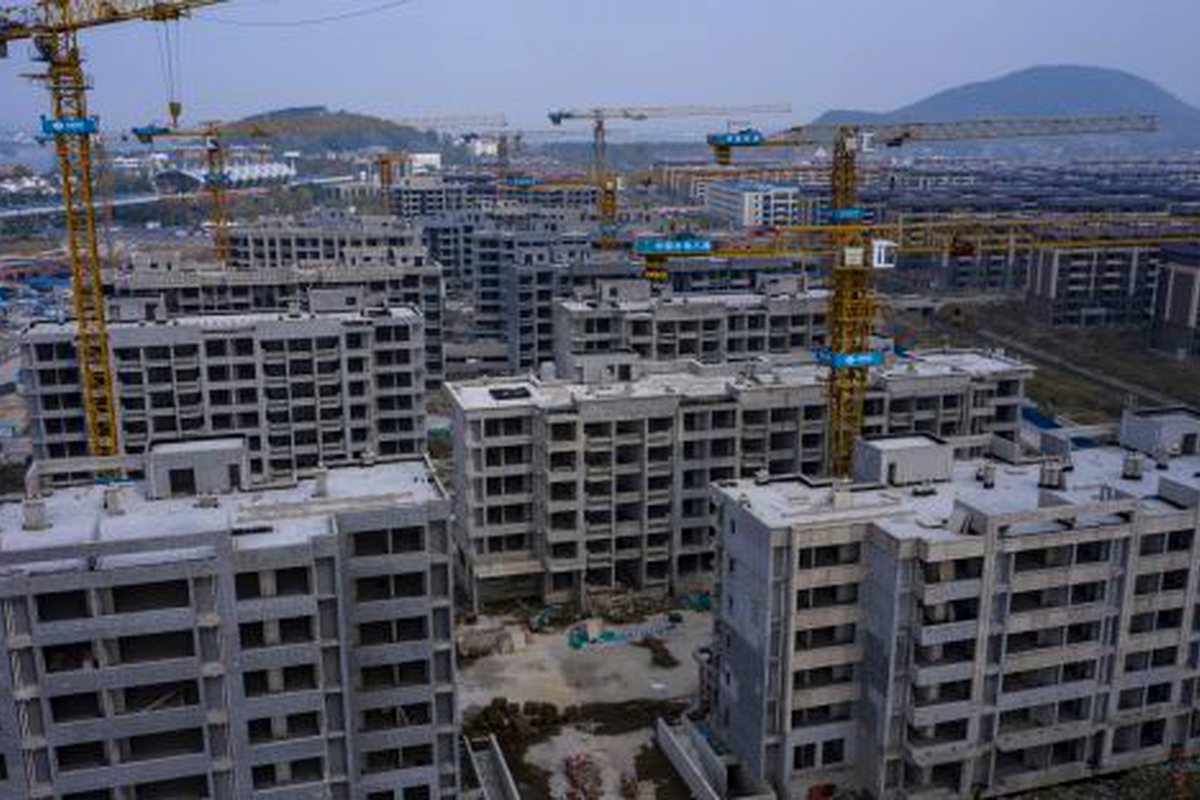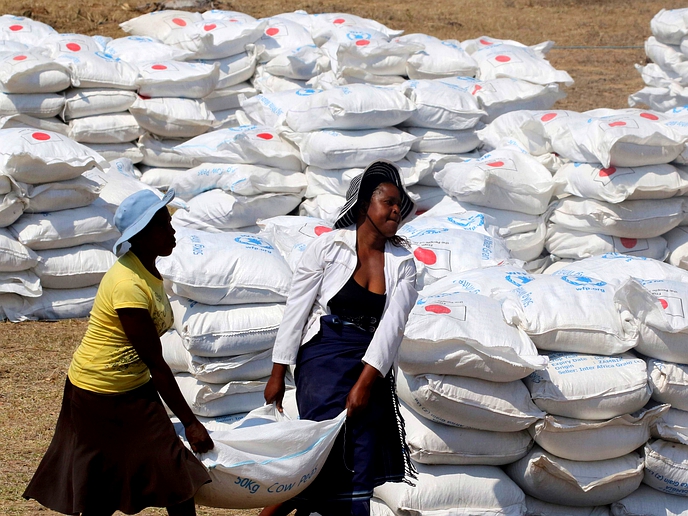Chinese banks lowered their benchmark lending rates while authorities stepped up support for the property market with additional loans, a government-guided attempt at alleviating a worsening housing crisis and bolstering borrowing demand.
world
Aug. 23, 2022
BLOOMBERG
3 min read
China seeks to stabilise property with loans, lower rates

Unfinished apartment buildings at China Evergrade Group's Health Valley developmenton the outskirts of Nanjing, China, on Friday, October 22, 2021. Image: Qilai Shen/Bloomberg
Story highlights
The five-year loan prime rate, a reference for mortgages, was reduced by 15 basis points to 4.3% after being cut by the same magnitude in May. The one-year loan prime rate was cut to 3.65% from 3.7%, the first reduction since January, and smaller than the 10 basis-point drop that economists had expected.
The rate cuts were the latest in a series of actions intended to help the real-estate sector, coming days after the PBOC and two other ministries said special loans will be offered through policy banks to ensure stalled property projects are delivered to buyers. Last week the central bank surprised with a 10-basis-point cut to the rate on its one-year policy loans, another sign of an increase in support.
As consumer and business confidence already struggles with the threat of repeated coronavirus lockdowns, hundreds of thousands of homebuyers are going on a mortgage strike, and more households are saving up and avoiding taking on debt - factors that further complicate the recovery.
“We’ve already reached the point where the central government really needs to step in,” said Hyde Chen, head of strategy and asset management for Haitong International, in an interview with Bloomberg TV. With the housing market contributing around 20-30% of gross domestic product, it’s become an “elephant in the room.”
“They really need to provide a backstop, to provide confidence that a house buyer can say, ‘OK, the house I bought can be delivered’,” he added.
Chinese stocks rose after Monday’s rate announcement, with the benchmark CSI 300 Index climbing 0.8% as of mid-day break to lead gains in Asian equities. A gauge of real estate developers jumped 1.6%.
While lower borrowing costs could help spur demand for loans, it’s unlikely to reverse the sharp slump in confidence.
Enjoy our daily newsletter from today
Access exclusive newsletters, along with previews of new media releases.
The weighted average interest rate for newly granted mortgages already plunged in June to 4.62%, the lowest level since 2017. The reduction in the five-year LPR will likely push average mortgage rates down further, as the floor for minimum mortgage rates is set at 20 basis points below the rate.
The difference in magnitude between the reduction in each loan prime rate on August 22 suggests a desire to boost demand for property and mortgages while keeping short-term borrowing costs relatively steady. Banks need to preserve profits, as their average net interest margin narrowed this year due to monetary policy easing and low borrowing demand.
Banks are flush with cash, but are either unwilling or finding it difficult to finance projects. Credit demand weakened sharply in July, prompting some economists to warn of a “liquidity trap” in China, where low interest rates fail to spur lending in the economy.
The PBOC, meanwhile, also has the task of guiding monetary policy and making sure the economic recovery is on track while keeping an eye on inflation, which in July accelerated to the highest level in two years.
“A more cautious reduction in the one-year LPR can avoid bringing further inflation pressure” considering liquidity in the economy is still flush, said Bruce Pang, chief economist and head of research for Greater China at Jones Lang LaSalle Inc.
He added that the PBOC may take additional steps, including cutting the amount of cash banks have to keep in reserve as a way to replace maturing policy loans and lower banks’ funding costs.
The recent policy actions “are clearly more aggressive than before,” said Zhang Zhiwei, chief economist at Pinpoint Asset Management Ltd. “Authorities are aware the stress build-up [in the property sector] imposes quite high macro risk, so they need to take action quickly and aggressively to address those problems.”
The LPRs are based on interest rates that 18 banks offer their best customers and are quoted as a spread over the central bank’s rate on its one-year policy loans, known as the medium-term lending facility.
Tailored for you




